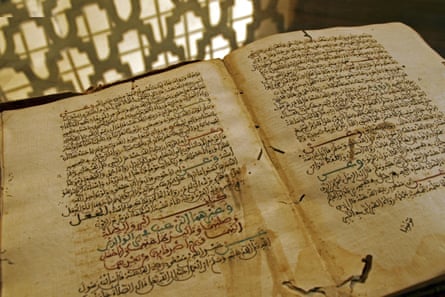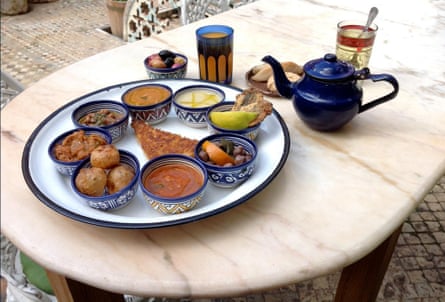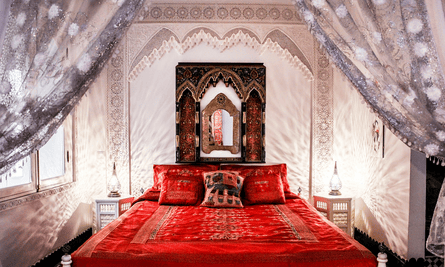Fez, Morocco’s cultural and spiritual capital, may have lagged behind Marrakech when it comes to stylish riads and sophisticated restaurants, but a subtle transformation is under way along its medieval alleyways. Ancient buildings are being restored, designers are breathing new life into age-old crafts and chefs are opening exciting restaurants.
And it’s easier to reach too, thanks to new direct Air Arabia flights from Gatwick on Saturdays (from £81 return), and thrice-weekly internal flights from Marrakech (from £46 return), which take an hour, rather than seven-plus by bus or train.
A government agency, Ader-Fès, was set up in 1989 to oversee the ambitious restoration of Fez’s eighth-century medina. By the end of 2018, 3,370 buildings, some in danger of collapse, will have been made safe. This year, 27 key monuments have been restored, with funding from the World Bank and other supporters.

One of the most famous restored buildings is the Qarawiyyin Library, believed to be the world’s oldest, and home to treasures including a ninth-century Qur’an. No public opening date has been set, but local tour operator Plan-it Morocco can organise a private visit with one of the restoration team.
Four of the city’s many fondouks (inns used by travelling merchants) have been restored with help from a US aid agency and will reopen this autumn. The adjoining 13th-century Chemmaine and Sbitryine fondouks will have displays of artefacts such as wooden hammam buckets and cattle horn combs, plus cafes and workshops, while 18th-century Fondouk Barka will support women’s artisanal cooperatives.

The revival is also seen in a growing foodie scene. Among chefs to look out for is Najat Kaanache, who grew up in San Sebastián, and worked around the world, including a stint at Spain’s El Bulli, before returning to Morocco to open Nur in Fez’s medina earlier this year. Her tasting menus (from £44 for five courses) use market finds: perhaps sashimi with zaalouk (smoky aubergine and tomatoes) and chicken with a mole sauce. She has also just opened Nachō Mama, the medina’s first Mexican takeaway.
Maison Moi Anan is another find. Designer and chef Anan Sorsutham serves authentic Thai food upstairs, while his well-cut clothes in Thai fabrics and Moroccan leather are displayed on the ground floor.

New cooking classes at the Ruined Garden restaurant teach how to rustle up five local breads, including “thousand hole” baghrir pancakes.
New riad openings include the diminutive Dar Arsama (doubles from €50 B&B). It has been renovated by Violeta Caldrés from Spain and her Fez-born husband Adil: they have mixed traditional and modern decor, and filled it with family heirlooms, vintage finds and Violeta’s art.
Fouad Serrhini, director of Ader-Fès said: “Our mission is to create new opportunities for the medina. We don’t want it to be a relic of the past; we want it to be a living city of the future.”

Comments (…)
Sign in or create your Guardian account to join the discussion